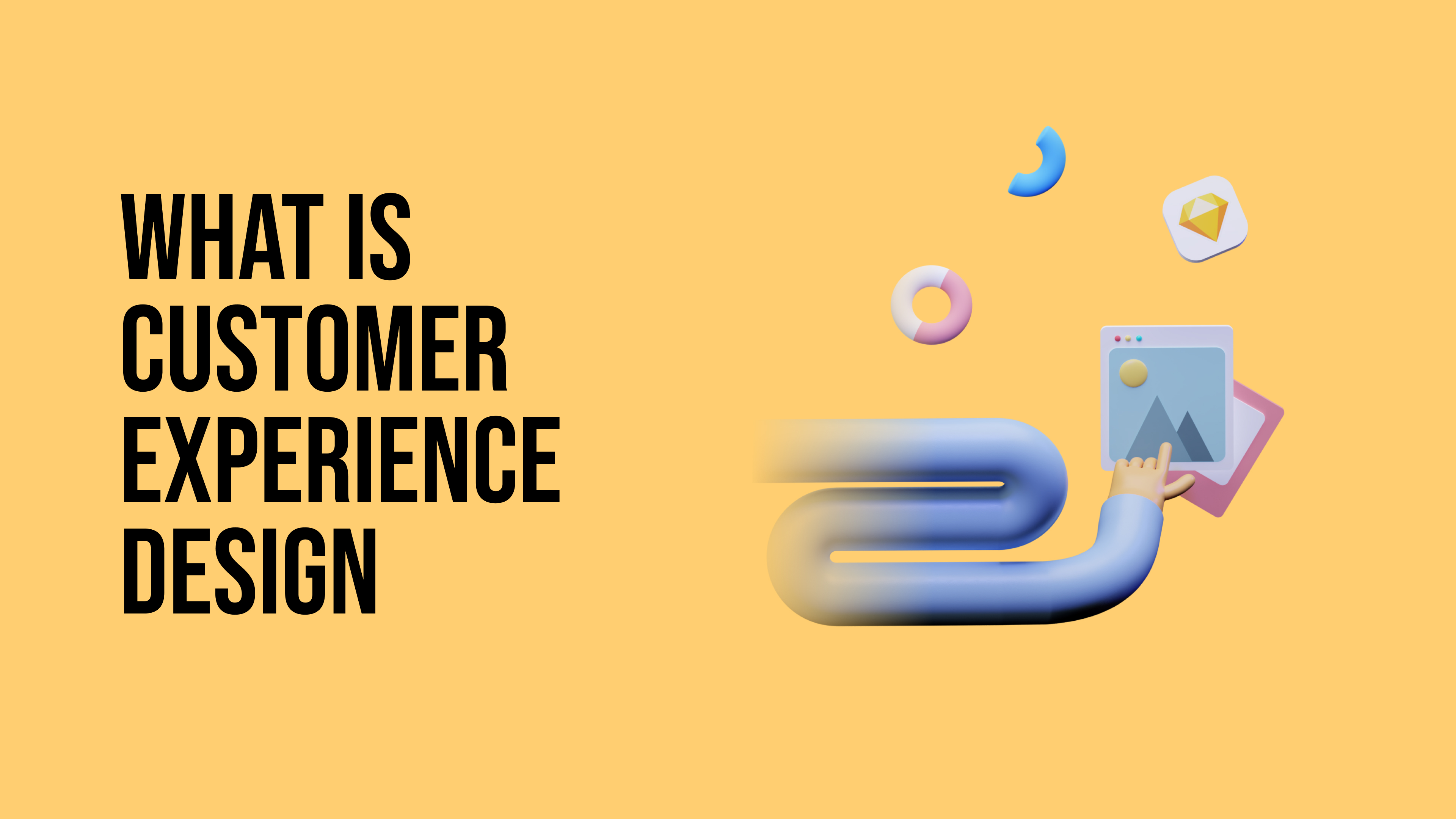Good customer experience is at the forefront of a successful business and design. If the products and services fail to meet the customers’ expectations, there is no reason for them to keep coming back to a brand. In the end, a business needs its customers to thrive and grow in the market. A good customer experience means their good faith, trust, and loyalty to the business. A good customer experience is a good business.
In simple words, customer experience means how a customer feels about products and services and your business in general. In design, the term Customer Experience (CX) is a vast term. Many people confuse it with User Experience (UX) and customer service. Many think of it as a rating of a website or an application.
In this blog, we will discuss what CX means in the design and development of a product, how it is different from UX and similar.
What is Customer Experience (CX)?

Customer Experience (CX) is the sum total of a customer’s feelings and perceptions from interacting with a brand’s products or services. In simple words, CX refers to how a business engages with its customers at every point of its interaction journey- from marketing, sales, delivery to customer service, and more.
A user can have multiple experiences with a brand driven by multiple interfaces. Keeping this in mind, a customer experience is cumulative of all these, across all channels where they interact with brands; for instance, online shopping and in-store shopping experiences, shipping and delivery experiences, customer service, etc.
How is it different from User Experience (UX)?
Customer Experience is similar to user experience in most ways except that user experience focuses more on customers’ satisfaction with a product or service and customer experience oversees their overall experience. It focuses on more customer-centric design.
UX is associated with a specific product or service while CX is associated with the entire brand. So, UX is only a small, yet important part of CX.
Read: What Is User Experience (UX) Design
To consider a physical store as an example, the user experience involves how easy it was to locate the store, park their vehicles, the layout of the products, front-desk services, interaction with the staff and helpers, and the checkout process. It can go further with how easy a return process is.
An in-store experience can be different from an online experience. So, a user can have multiple experiences with a brand with each experience involving multiple user interfaces. If a customer buys multiple products from a store at different times and at different interfaces, each journey will give them different user experiences. Combined, they are called customer experience (CX).
What is CX design?
CX Design is the process that designers use to optimize customer experiences at all touchpoints in their journey of interacting with a brand. With CX design, the focus is to improve customers’ perception of an organization as a brand and not just their products, services, and interfaces. All these are some touchpoints or linkage between a brand and its customers. Using a CX design, a brand needs to improve these touchpoints so that it becomes customer-centred and customer favours the brand more than its competitors.

In order to do so, brands focus on advertising, campaigns, customer service, and consistency throughout all of them. A brand must be able to positively impact its customers at every encounter to keep them. Only having promising products and solid service policies isn’t enough.
CX designers handle these responsibilities. They need to effectively communicate with interface designers, user experience designers, and marketers to deliver satisfying CX design.
What Do CX Designers Do?
CX designers are the bridge between a brand and its customers. They focus on enhancing a customer’s journey of purchasing a brand’s products and the overall interaction. The CX designers look at a product or a service at hand from the end-user point of view. With thorough research on the desired target demographic as well as the market, they have a better understanding of what customers want from a brand, why, and how to effectively deliver it. In a sense, designers are concerned to analyze these questions and creating a product that solves the problems.
Since we saw that, customers can have multiple experiences with a single brand, CX designers need to have an in-depth understanding of many aspects of branding; advertisement, campaigning, sales, customer service, designing, project management, tech, customer psychology, marketing, communications and more. Designers also leverage their knowledge of surveys, data collection, data analysis, product testing, research, and presentation.
Experts in the CX field may be writers, researchers, consultants, strategists, managers, and more. They may need knowledge of UX and UI designing. They might interact with customers directly or only involve in user data analysis. In any case, CX designers and experts are learned in selling values.
Key Principles of CX Design

Businesses should strive to adapt these principles to deliver an exceptional customer experience.
- CX design should solve customer problems: If no touchpoints in a brand-customer interaction work well, then there remains no significance to CX design. The goal is to deliver the design that the brand conceptualized based on what the customer wants. More than anything, it should meet customers’ needs.
- The human touch to CX design: The customer experience should be driven by empathy and understanding of customers and their problems. Let your customers know they are important. Paying attention to their concerns and queries, solving them without a hiccup, and personalized service goes a long way to convert them into loyal customers.
- Customer-centered at every touchpoint: Consistency is key in a solid CX design. A good experience at one touchpoint doesn’t necessarily mean the same at another. Once you have a good idea of your target customers and the overall CX, the brand should co-create other services that give the same experiences. From the staff that interacts directly with customers day-in and day-out to the ones in senior and leadership positions, everyone should have the same idea of CX in their minds. This requires effective communication between all team members.
Conclusion:
Today, the business world is saturated with creative minds and highly motivated people. To stand out from competitors, companies constantly adapt the quality of their products and services to market demand and customer expectations. However, the digital world has changed the world of consumerism. Many brands promise economical and high-quality products and incredible service, so much so that only these aren’t sufficient for a business to grow. Brands also need to provide an enjoyable experience to customers to build trust in them. This is what customer experience and customer experience design oversee.

